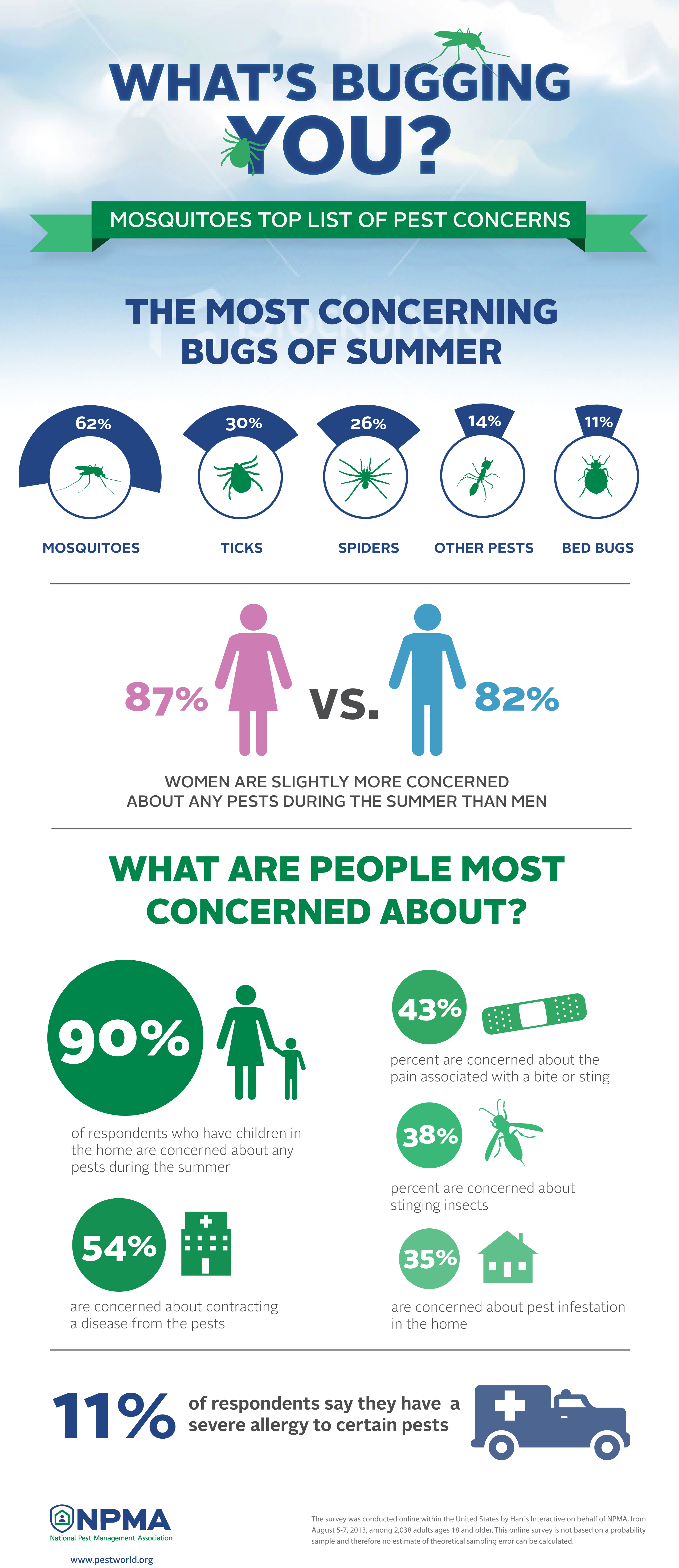Discover Essential Techniques For Guarding Your House From Rodents In The Attic
Discover Essential Techniques For Guarding Your House From Rodents In The Attic
Blog Article
Produced By-Karlsen Garza
Visualize your attic as a comfortable Airbnb for rats, with insulation as fluffy as resort pillows and wiring more tempting than area service. Currently, imagine aps pest control throwing a wild celebration in your home while you're away. As a homeowner, guaranteeing your attic is rodent-proof is not practically assurance; it has to do with protecting your property and enjoyed ones. So, what easy actions can you take to safeguard your haven from these fuzzy trespassers?
Check for Entrance Points
To begin rodent-proofing your attic room, check for entry factors. Start by meticulously analyzing the outside of your home, trying to find any kind of openings that rats can use to gain access to your attic. Look for gaps around energy lines, vents, and pipes, as well as any type of splits or openings in the structure or home siding. Make certain to pay close attention to locations where different building materials meet, as these prevail access points for rodents.
Additionally, check the roof covering for any damaged or missing out on roof shingles, in addition to any kind of gaps around the edges where rats can press with. Inside the attic room, look for indicators of existing rodent task such as droppings, chewed cables, or nesting materials. Make use of a flashlight to completely inspect dark corners and surprise areas.
Seal Cracks and Gaps
Check your attic completely for any type of cracks and gaps that need to be sealed to stop rats from getting in. Rats can squeeze via even the tiniest openings, so it's vital to secure any kind of potential entrance factors. Inspect around pipelines, vents, cable televisions, and where the wall surfaces meet the roof covering. Make use of a combination of steel woollen and caulking to seal these openings efficiently. Steel wool is an excellent deterrent as rodents can't chew via it. Make certain that all spaces are firmly sealed to reject accessibility to undesirable bugs.
Don't overlook the importance of securing voids around doors and windows too. Use climate stripping or door moves to secure these areas effectively. Evaluate the areas where energy lines get in the attic and secure them off utilizing an ideal sealer. By taking the time to secure all fractures and voids in your attic room, you produce a barrier that rodents will discover hard to breach. Prevention is key in rodent-proofing your attic, so be extensive in your efforts to seal off any potential entrance factors.
Get Rid Of Food Sources
Take aggressive measures to remove or keep all prospective food resources in your attic room to hinder rats from infesting the space. Rodents are drawn in to food, so eliminating their food sources is important in maintaining them out of your attic.
Here's what you can do:
1. ** Store food firmly **: Prevent leaving any food products in the attic. pest control martinsburg wv in airtight containers made of metal or heavy-duty plastic to avoid rats from accessing them.
2. ** Clean up particles **: Remove any type of piles of debris, such as old newspapers, cardboard boxes, or wood scraps, that rodents could make use of as nesting product or food resources. Maintain the attic room clutter-free to make it less appealing to rodents.
3. ** Dispose of trash properly **: If you use your attic room for storage and have trash or waste up there, make certain to deal with it regularly and appropriately. Decaying garbage can attract rodents, so keep the attic room clean and without any natural waste.
Final thought
Finally, keep in mind that an ounce of avoidance is worth a pound of remedy when it pertains to rodent-proofing your attic.
By making the effort to examine for entrance points, seal fractures and gaps, and eliminate food sources, you can keep unwanted parasites away.
Remember, 'An ounce of avoidance is worth an extra pound of treatment' - Benjamin Franklin.
Remain positive and safeguard your home from rodent invasions.
